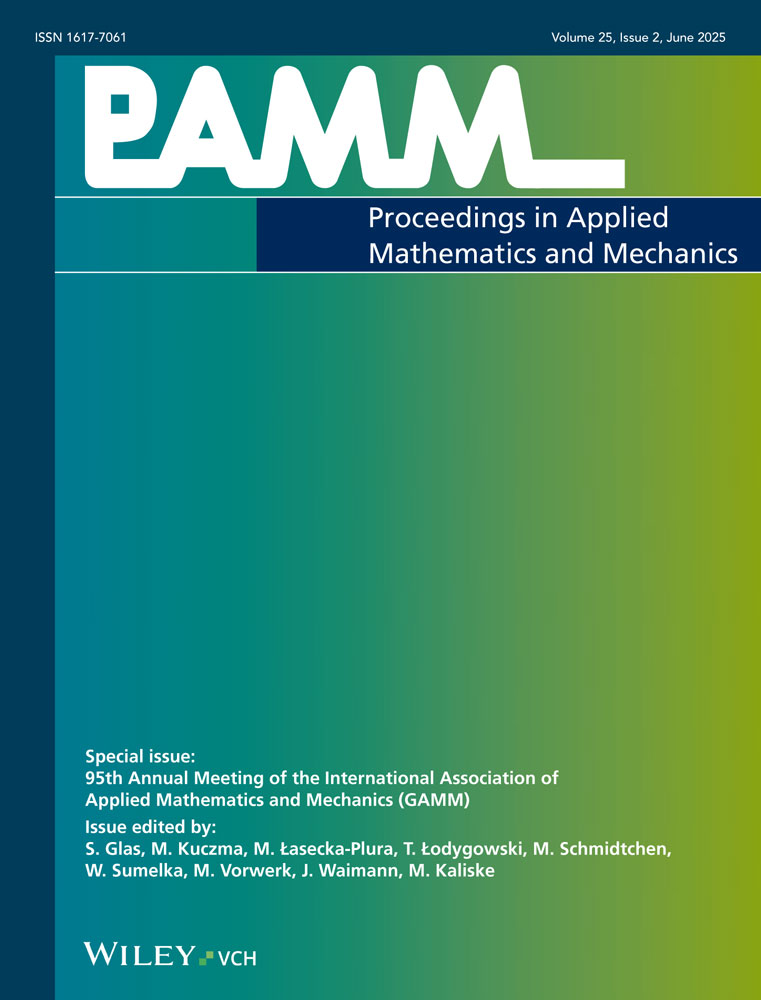Computation of Residual Stress Distributions and Opening Angles of 3D Patient-Specific Arterial Walls
Abstract
A method to incorporate residual stresses in arteries, based on the assumption of smooth transmural stress measure distributions with slight slopes, is discussed. The artery is first loaded with the internal blood pressure without considering any residual stresses. With help of suitable stress invariants and volume averaged mean values on specific sectors domains, the stress gradient is iteratively decreased in radial direction. In order to assess the accuracy of the method, a three-dimensional patient-specific arterial geometry, suffering from atherosclerosis, is considered. These was reconstructed from ultrasound based medical imaging, see [2]. Moreover, the radially sliced arteries can be loaded exclusively with the calculated residual stresses in order to predict the opening angle. (© 2015 Wiley-VCH Verlag GmbH & Co. KGaA, Weinheim)




